
For the past few months, on various trips out west to Los Angeles, I’ve been working on an exclusive story about a new intelligence-gathering unit at LAX, the Los Angeles International Airport.
To make a long story short, in the summer of 2014 Los Angeles World Airports—the parent organization in control of LAX—hired two intelligence analysts, both with top secret clearance, in order to analyze global threats targeting the airport.

There were many things that brought me to this story, but what particularly stood out was the very idea that a piece of transportation infrastructure could now punch above its weight, taking on the intelligence-gathering and analytical capabilities not just of a city, but of a small nation-state.
It implied a kind of parallel intelligence organization created to protect not a democratic polity but an airfield. This suggested to me that perhaps our models of where power actually lies in the contemporary city are misguided—that, instead of looking to City Hall, for example, we should be focusing on economic structures, ports, sites of logistics, places that wield a different sort of influence and require a new kind of protection and security.

From the article, which is now online at The Atlantic:
Under the moniker of “critical infrastructure protection,” energy-production, transportation-logistics, waste-disposal, and other sites have been transformed from often-overlooked megaprojects on the edge of the metropolis into the heavily fortified, tactical crown jewels of the modern state. Bridges, tunnels, ports, dams, pipelines, and airfields have an emergent geopolitical clout that now rivals democratically elected civic institutions.
For me, this has incredible implications:
It might sound like science fiction, but, in 20 years’ time, it could very well be that LAX has a stronger international-intelligence game than many U.S. allies. LAX field agents could be embedded overseas, cultivating informants, sussing out impending threats. It will be an era of infrastructural intelligence, when airfields, bridges, ports, and tunnels have, in effect, their own internal versions of the CIA—and LAX will be there first.
There are obvious shades here of Keller Easterling’s notion of “extrastatecraft,” where infrastructure has come to assume a peculiar form of political authority.
As such, it also resembles an initiative undertaken by the NYPD in the years immediately following 9/11—a story well told by at least three books, Peter Bergen’s excellent United States of Jihad, Christopher Dickey’s Securing the City, and, more critically, Enemies Within by Matt Apuzzo and Adam Goldman.
However, there is at least one key difference here: the NYPD unit was operating as an urban-scale intelligence apparatus, whereas the L.A. initiative exists at the level of a piece of transportation infrastructure. Imagine the Holland Tunnel, I-90, or the M25 hiring its own in-house intel team, and you can begin to imagine the strange new powers and influence this implies.

In any case, the bulk of the piece is focused on introducing readers to the core group of people behind the program.
There is Anthony McGinty, a former D.C. homicide detective and Marine Reserve veteran, kickstarting a second career on the west coast; there is Michelle Sosa, a trilingual Boston University grad with a background in intelligence analysis; and there is Ethel McGuire, one of the first black female agents in FBI history, who undertook their hiring.

There are, of course, literally thousands of others of people involved, from baggage handlers and the LAX Fire Department to everyday travelers. LAX, after all, is a city in miniature:
At more than five square miles, it is only slightly smaller than Beverly Hills. More than 50,000 badged employees report to work there each day, many with direct access to the airfield—and thus to the vulnerable aircraft waiting upon it. More than 100,000 passenger vehicles use the airport’s roads and parking lots every day, and, in 2015 alone, LAX hosted 75 million passengers in combined departures and arrivals.
LAX is also policed like a city. The airport has its own SWAT team—known as the Emergency Services Unit—and employs roughly 500 sworn police officers, double the number of cops in the well-off city of Pasadena and more than the total number of state police in all of Rhode Island.
However, the actual space of the airport—the built landscape of logistics—is probably the main potential source of interest for BLDGBLOG readers.

For example, at the western edge of the airfield, there is an abandoned suburb called Surfridge, its empty streets and sand dunes now used as a butterfly sanctuary and as a place for police-training simulations. The runways themselves are vast symbolic landscapes painted with geometric signs that have to be read to be navigated. And then there are the terminals, currently undergoing a massive, multibillion dollar renovation campaign.
At one point, I found myself sitting inside the office complex of Gavin de Becker, an anti-assassination security expert who has worked for celebrities, foreign dignitaries, and even U.S. presidents. Protected behind false-front signage, de Becker’s hidden complex houses a full-scale airplane fuselage for emergency training, as well as ballistic dummies and a soundproofed shooting range.

I had a blast working on this piece, and am thrilled that it’s finally online. Check it out, if you get a chance, and don’t miss the speculative “case files” at the end, brief examples of what might be called infrastructural security fiction.
(Thanks to Ross Andersen and Sacha Zimmerman at The Atlantic for the edits. All images in this post from Google Maps, filtered through Instagram).

 [Image: From
[Image: From 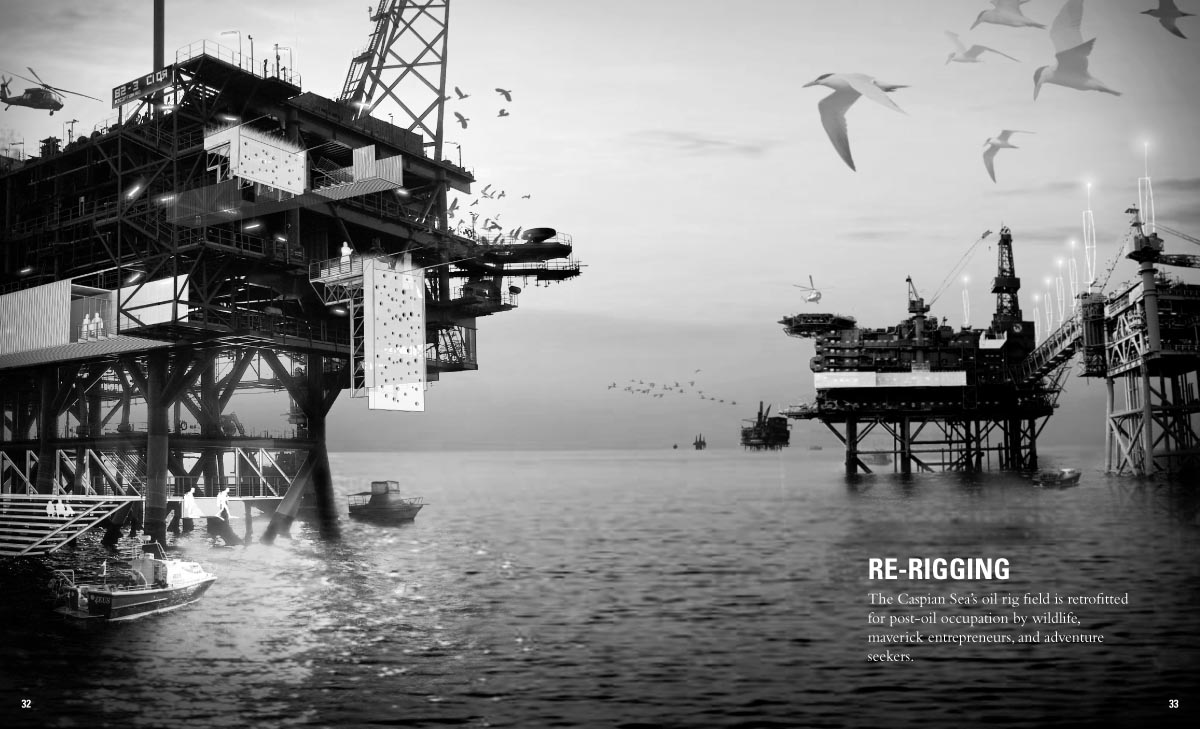 [Image: From
[Image: From 
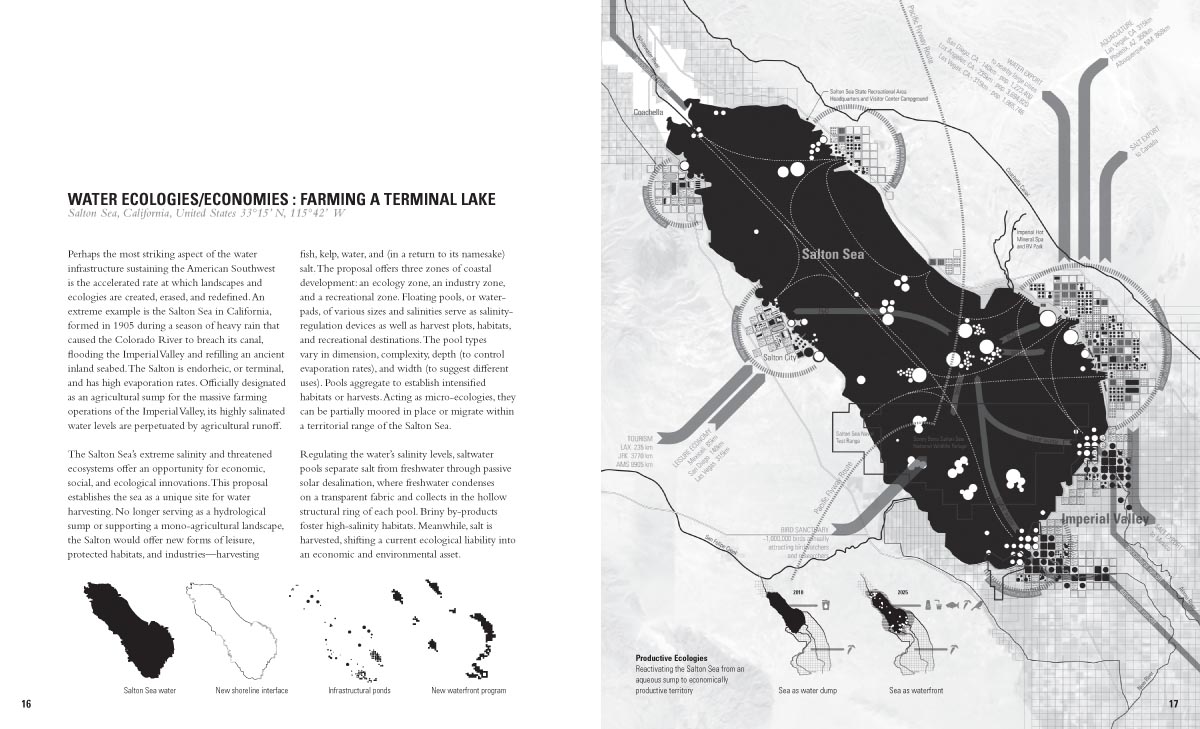
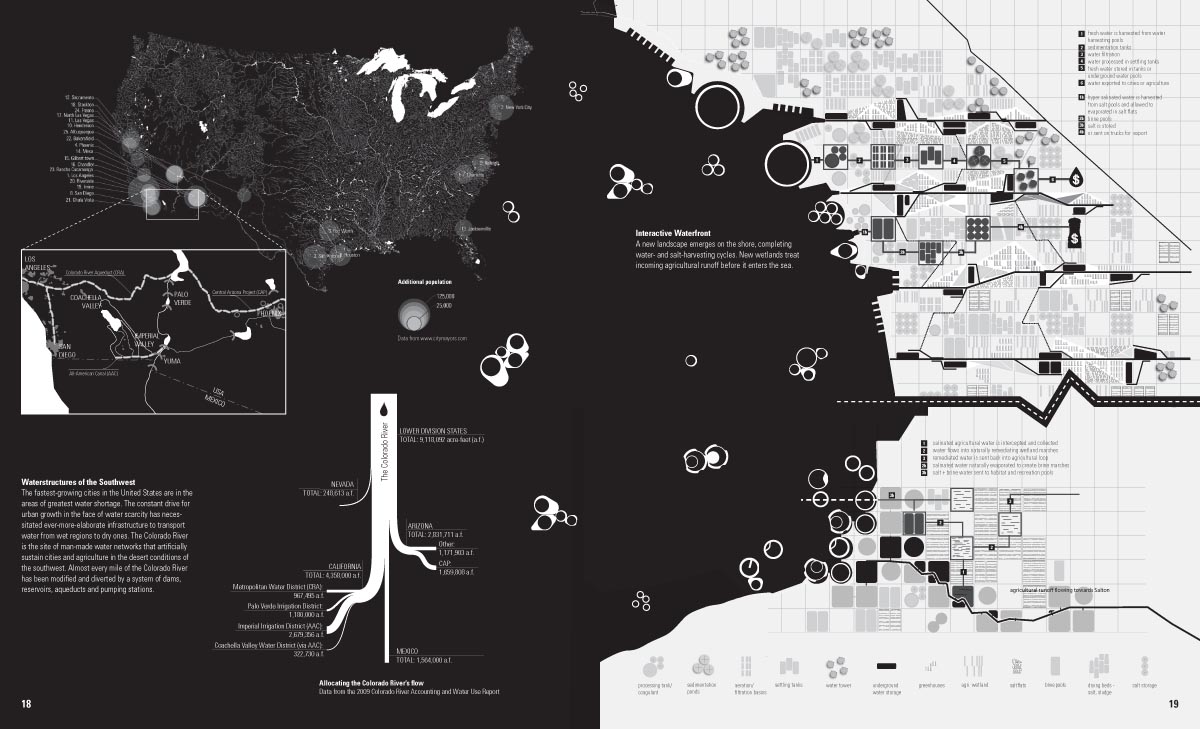 [Images: From
[Images: From 

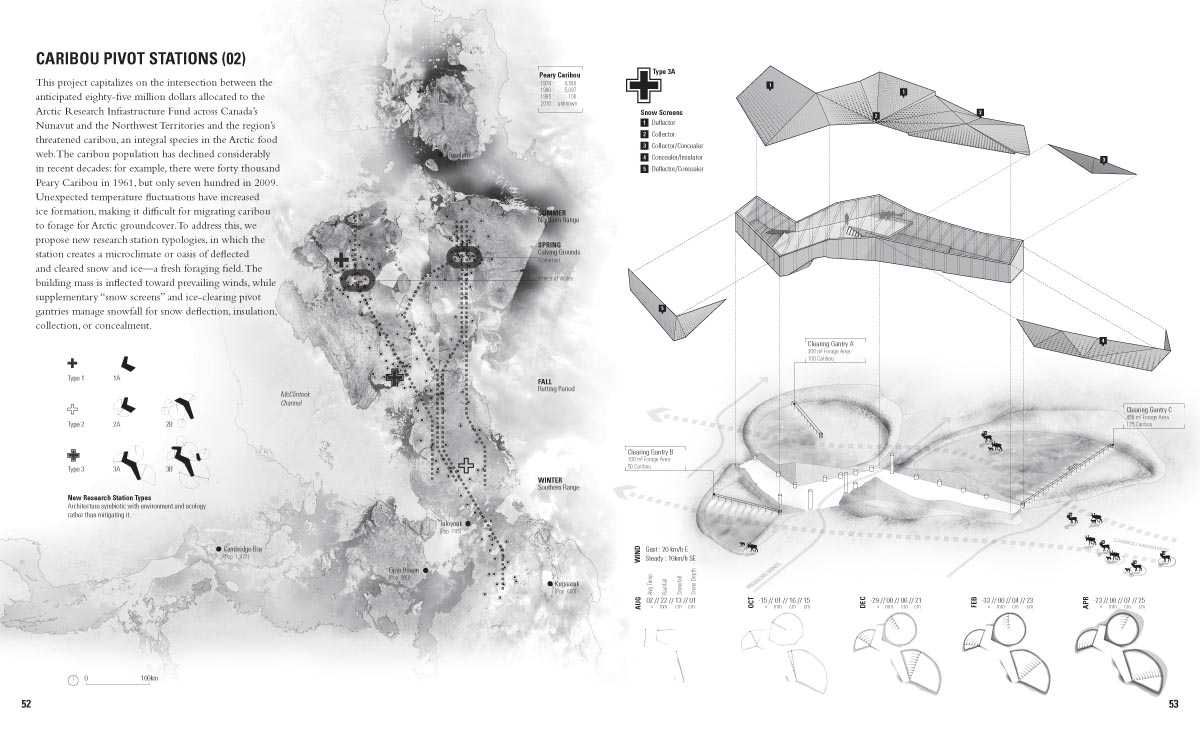
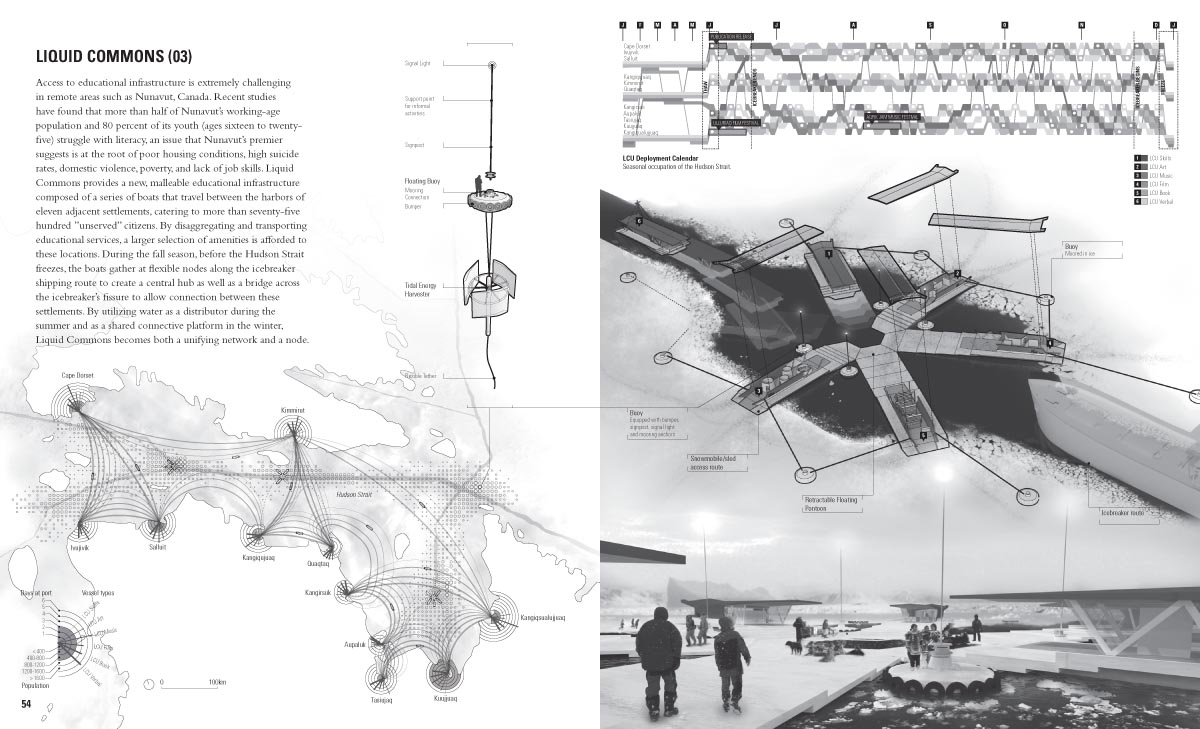 [Images: From
[Images: From 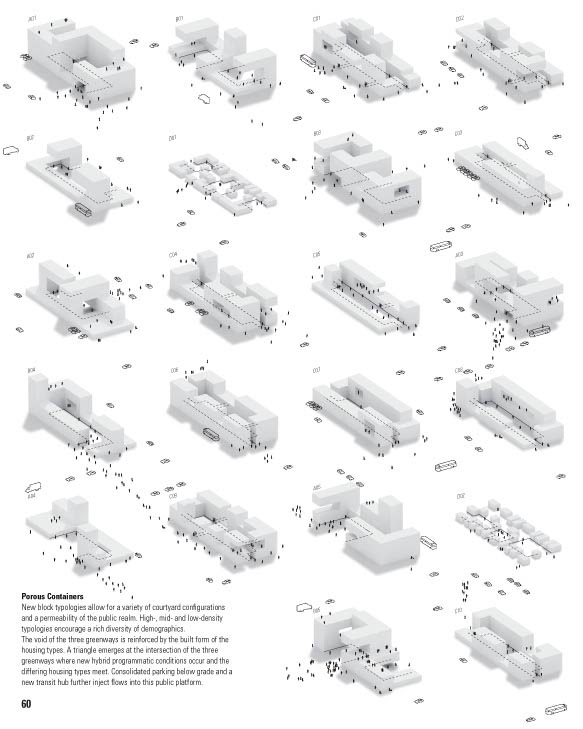 [Image: From
[Image: From 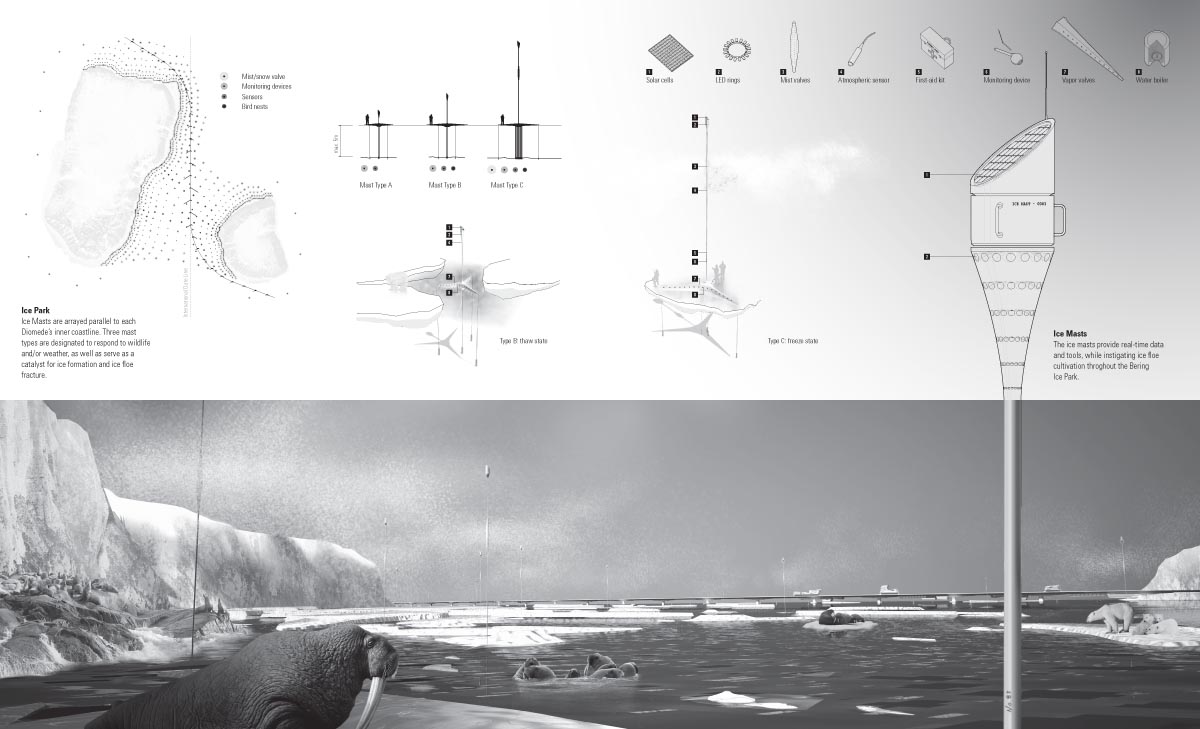
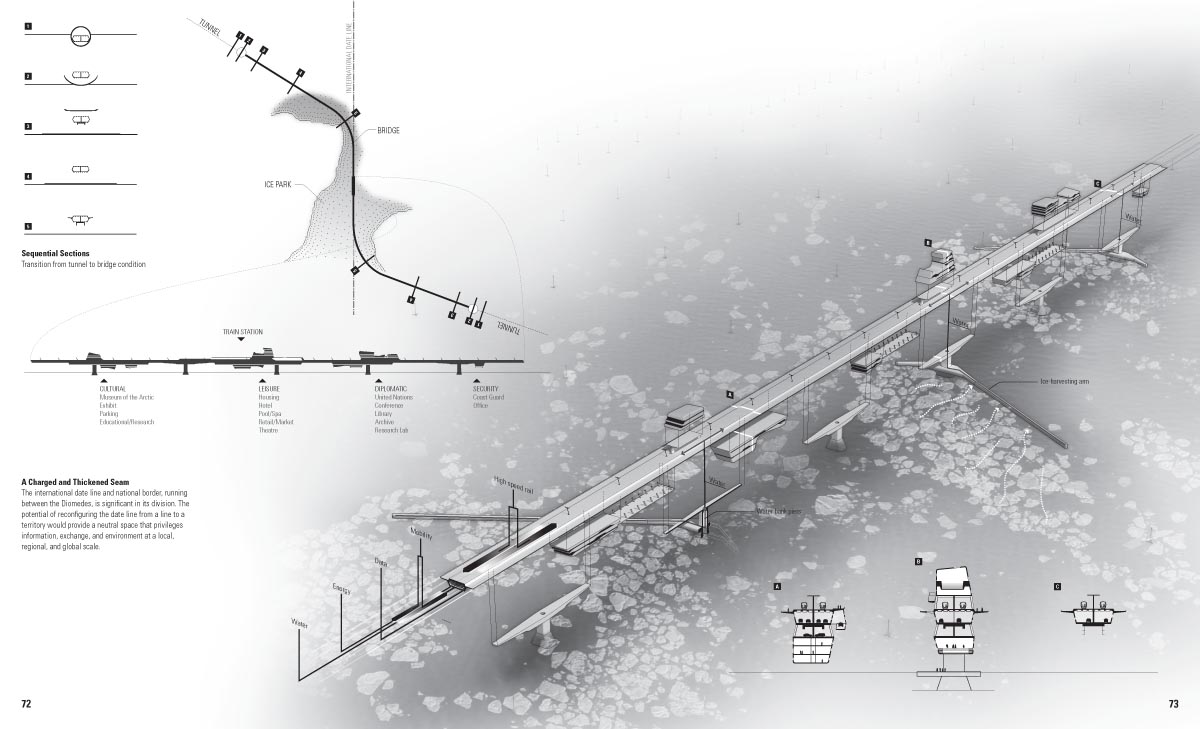 [Images: From
[Images: From